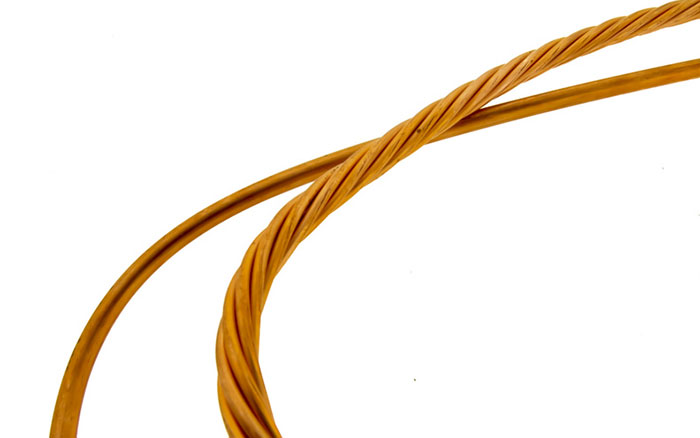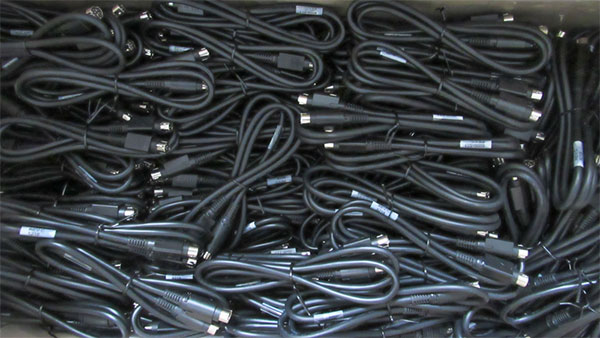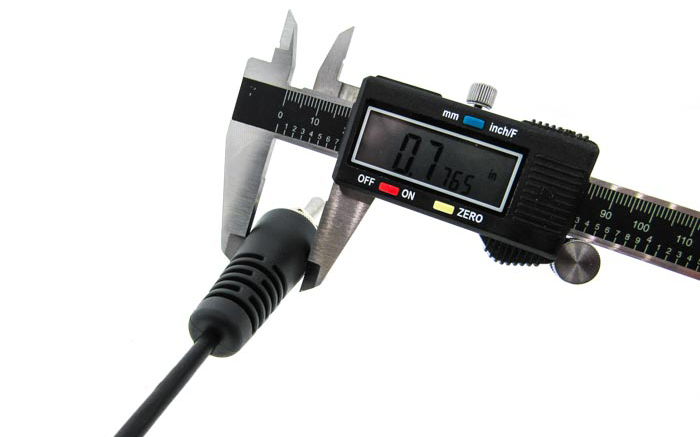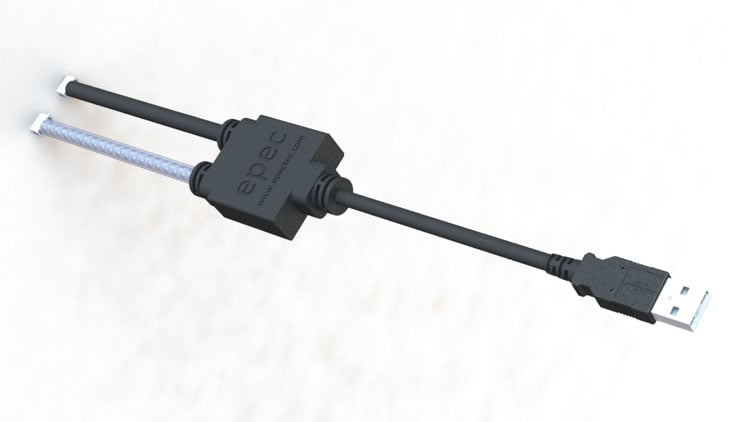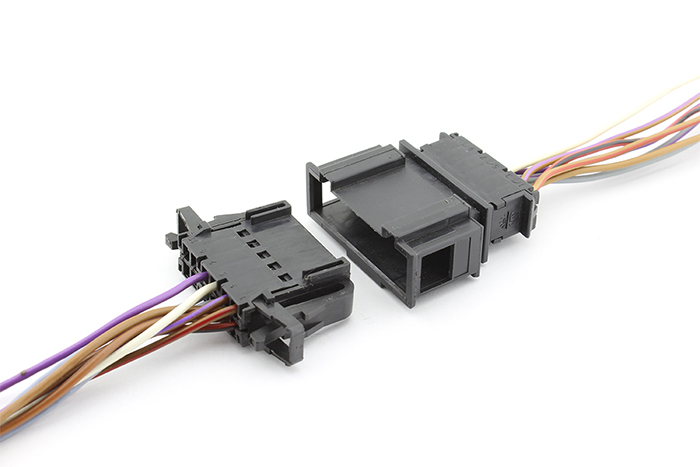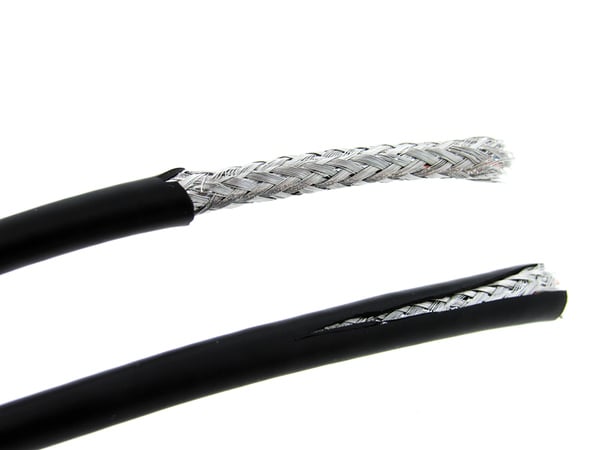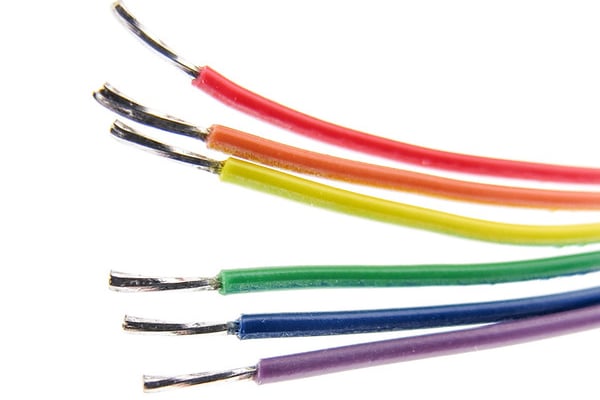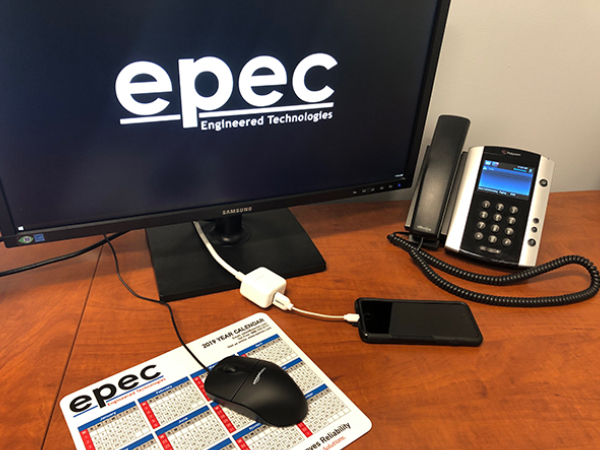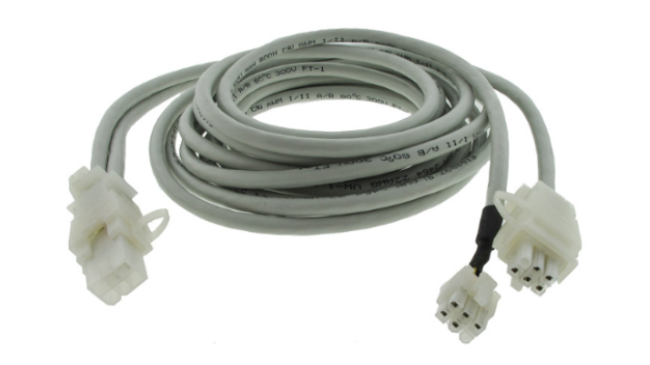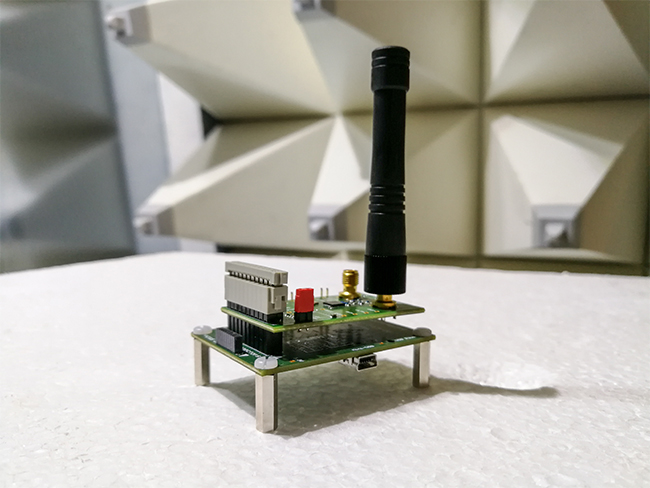Cable assembly conductors may seem like a complicated topic, but many of the properties that govern these cables are quite straightforward. Making sense of the differences between stranded conductors and solid conductors, and even the various conductor plating specifications that are at play, is easy. You just need to keep a few key things in mind. Even a general understanding of the wire flexibility requirements, current draw, and the operating environment will help guide you toward the best bulk cable design options that exist.
There are countless details that must be explored before moving into high-volume production for custom cable assemblies. And, if manufacturing is expected to occur offshore, there are even more considerations aside from the 12-hour time change, geographical distance, and language barrier.
Scientists and engineers are sticklers about the units for any measurement, and rightfully so. The technique of using units' cancellation remains one of the fundamental concepts taught in all higher education STEM courses. Whether the course is chemistry, physics, thermodynamics, or even aerodynamics, the criticality of units is ever-present throughout lecture, calculations, and lab studies.
Overmolded cables are used in countless applications across almost every industry. The reasons to use an overmolded cable design are numerous, but the primary reason is to protect the electrical contacts while offering strain relief.
In simple terms, cable assemblies are comprised of two primary elements: the conductor and the connector. Rightfully so, the conductor’s sole purpose is to pass current at a given voltage, while the connectors job is to affix the cable assembly securely to a mating interconnect.
We're all aware of the far-ranging uses and necessity for cables within electronics. With their widespread use and cables' inherent sensitivity to electromagnetic energy, the shielding methodology of a cable can be even more important than the conductor and jacket specifications.
While it's true that The Institute of Electrical and Electronics Engineers (IEEE) has long issued a series of recommended standards for electrical and electronics design, those standards do not actually specify wiring color purposes in the way that a lot of people think they do. This is surprising given that those standards do contain extensive discussion on wiring and power cables.
Look around at your desk, workstation, or wherever you’re siting while reading this blog post. The odds are favorable there are multiple cables within reach right now! It’s true, everyone needs and uses cables. Not just in one’s personal life, but also in the workplace, in industry, and even in combat.
There remains a misconception that borders on a cultural stigma towards off-brand or knockoff items. Consider your favorite breakfast cereal at your local supermarket as you walk down an aisle lined with name brand cereals strewn with cartoon characters and slogans, you may notice a less expensive version of the same exact cereal a few shelves lower. These off-brand cereals likely taste the same, have identical ingredients, but cost about half as much. Admittedly, my children prefer the name brand cereals, but when replaced with an off-brand equivalent of Special Popcorn Cereal, if I don’t show them the box, they will never know the difference.
Most test engineers agree that if you were to make a list of the major causes of compliance failures for most of the electronic products we use in our daily lives, radiated emissions (RE) would, undoubtedly, be right at the top.


